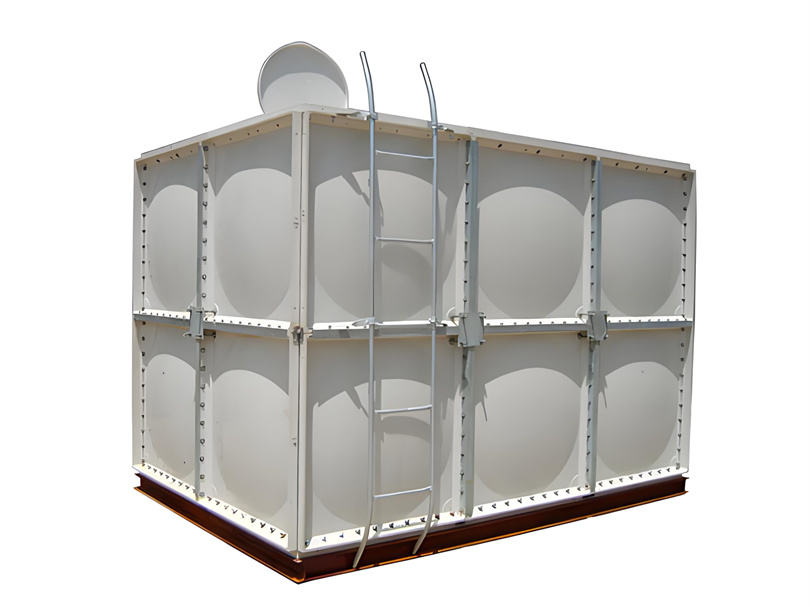Batteries are essential companions in our daily lives, but if not handled properly, they can pose significant risks. For instance, improper use might lead to explosions, which can cause severe physical injuries. So, why do batteries explode?
To understand this, let’s first explore some hidden dangers lurking in everyday objects. When you use two different types of dry batteries or mix batteries from different brands, or even pair old and new ones, the voltage differences can be significant. This imbalance often leads to uneven discharge rates, causing either excessive or insufficient current flow. As a result, the internal components of the battery may shift, increasing its internal pressure. Once this pressure surpasses the maximum capacity the battery's casing can handle, an explosion can occur.
Lithium-ion batteries, commonly found in smartphones, are another source of potential danger. Lithium is a highly reactive element on the periodic table, and exposure to oxygen can trigger explosive reactions. Although manufacturers have implemented various anti-leakage measures over the years, there are still risks associated with improper usage. During charging, lithium atoms at the positive electrode lose electrons, becoming lithium ions that move through the electrolyte to the negative electrode. There, they reacquire electrons and are stored within the electrode.
To prevent short circuits caused by direct contact between the positive and negative terminals, separators are placed inside the battery. However, if the battery is overcharged beyond its rated capacity, the negative electrode can become saturated with lithium atoms. Excess lithium then accumulates as metallic dendrites, which can pierce the separator. This breach damages the battery's internal structure and may lead to a short circuit. In some cases, an explosion can happen even before the short circuit occurs. Overcharging can also cause the electrolyte to decompose, releasing gases that increase internal pressure. If the pressure becomes too high, the battery casing can rupture, allowing air to enter and react with lithium atoms. This reaction often results in leaks or even catastrophic explosions at the battery's seal.
While this understanding helps mitigate risks, accidents can still happen. It’s crucial to follow proper battery handling guidelines to ensure safety. Remember, batteries are powerful tools, but they require careful attention to avoid unintended consequences.
[Note: The image referenced in the original text could not be included here, but you can view it at the following URL: http://i.bosscdn.com/blog/47/3f/63/0fa59f1d1dc42df72b7aa226ba.png]
This article draws insights from the link provided above.

The FRP water tank is assembled from high-quality SMC water tank panels as a whole. Its characteristics are the use of food grade resin, resulting in good water quality, clean and pollution-free. The product has high strength, corrosion resistance, beautiful appearance, long service life, and convenient maintenance and management.

FRP WATER TANK, GRP WATER TANK, FRP PANEL WATER TANK, GRP PANEL WATER TANK, FRP DRINKING WATER TANK
Hebei Dingshengda Composite Material Co., Ltd. , https://www.frpdsd.com
